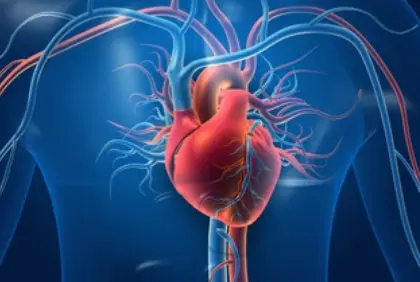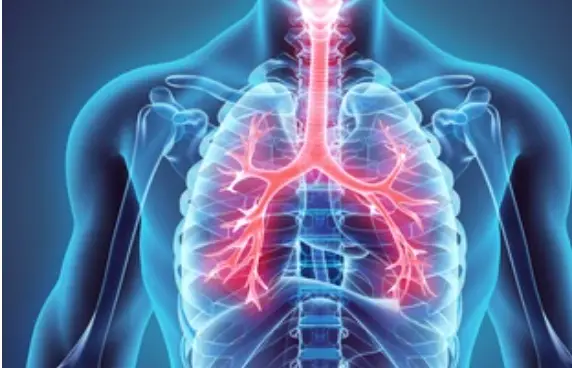 Welcome
Welcome
“May all be happy, may all be healed, may all be at peace and may no one ever suffer."
Imaging of the GI tract - Generics
Imaging of the gastrointestinal (GI) tract is an important diagnostic tool for evaluating the structure and function of the digestive system. Several imaging techniques can be used, including X-ray, computed tomography (CT), magnetic resonance imaging (MRI), ultrasound, and endoscopy.
X-ray imaging is often the first-line imaging modality for evaluating the GI tract. A plain X-ray can detect abnormalities such as bowel obstruction, perforation, or dilation. Contrast X-ray, also called a barium swallow, can be used to visualize the upper GI tract, including the esophagus, stomach, and small intestine. Barium enema, on the other hand, is a type of X-ray that is used to evaluate the large intestine or colon.
CT imaging is a more advanced imaging technique that can provide detailed images of the entire GI tract, including the small intestine, large intestine, and surrounding structures. CT is useful for diagnosing conditions such as bowel obstruction, inflammatory bowel disease, and cancer.
MRI is another imaging modality that can provide high-resolution images of the GI tract without using radiation. MRI is often used to evaluate the liver, bile ducts, and pancreas. It can also be used to visualize the bowel and diagnose conditions such as Crohn's disease.
Ultrasound is a non-invasive imaging technique that uses high-frequency sound waves to create images of the internal organs. It is often used to evaluate the liver, gallbladder, pancreas, and bile ducts. Endoscopic ultrasound (EUS) is a type of ultrasound that is performed using an endoscope, which is a flexible tube with a camera and ultrasound probe at the end. EUS can be used to visualize the lining of the GI tract and surrounding structures.
Endoscopy is a minimally invasive technique that is used to visualize the inside of the GI tract using a flexible tube with a camera attached. Upper GI endoscopy is used to evaluate the esophagus, stomach, and small intestine, while colonoscopy is used to evaluate the large intestine or colon. Endoscopy can also be used to take biopsies or perform other procedures, such as removing polyps or treating bleeding.
Overall, imaging of the GI tract plays a critical role in the diagnosis and management of a variety of GI conditions. The choice of imaging modality depends on the suspected condition, the location of the abnormality, and the patient's medical history.

Subarachnoid anesthesia

Retinoblastoma

Serious staphylococcal or...

Atrial fibrillation and a...

Breast cancers and gliobl...

Anaphylactic shock

Neonatal Conjunctivitis

Reduce the risk of gettin...
Imaging of the GI tract, জিআই ট্র্যাক্টের ইমেজিং
To be happy, beautiful, healthy, wealthy, hale and long-lived stay with DM3S.